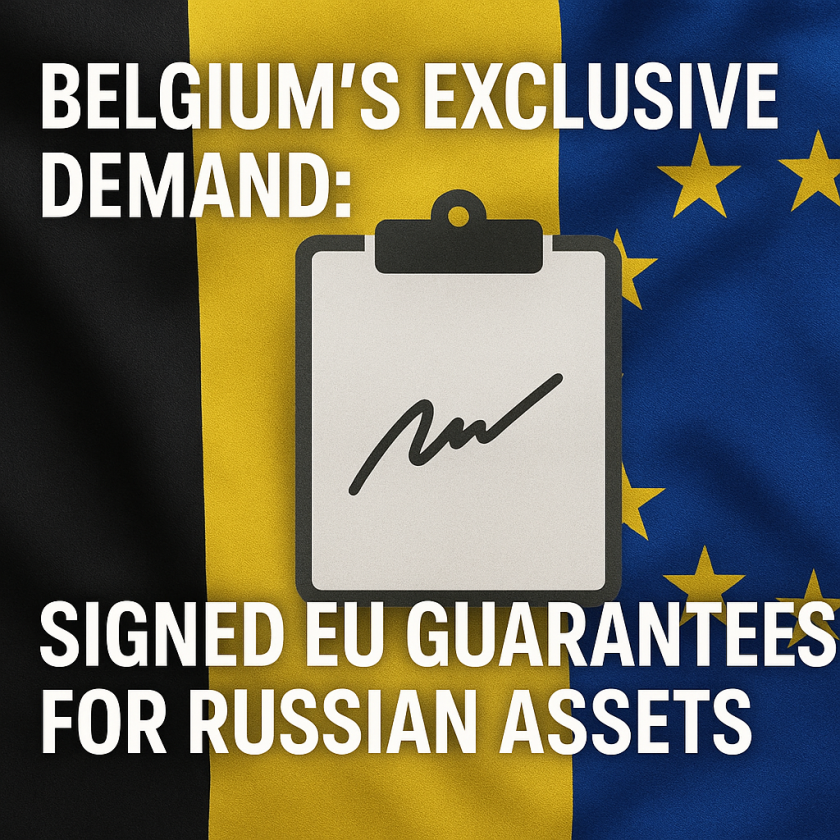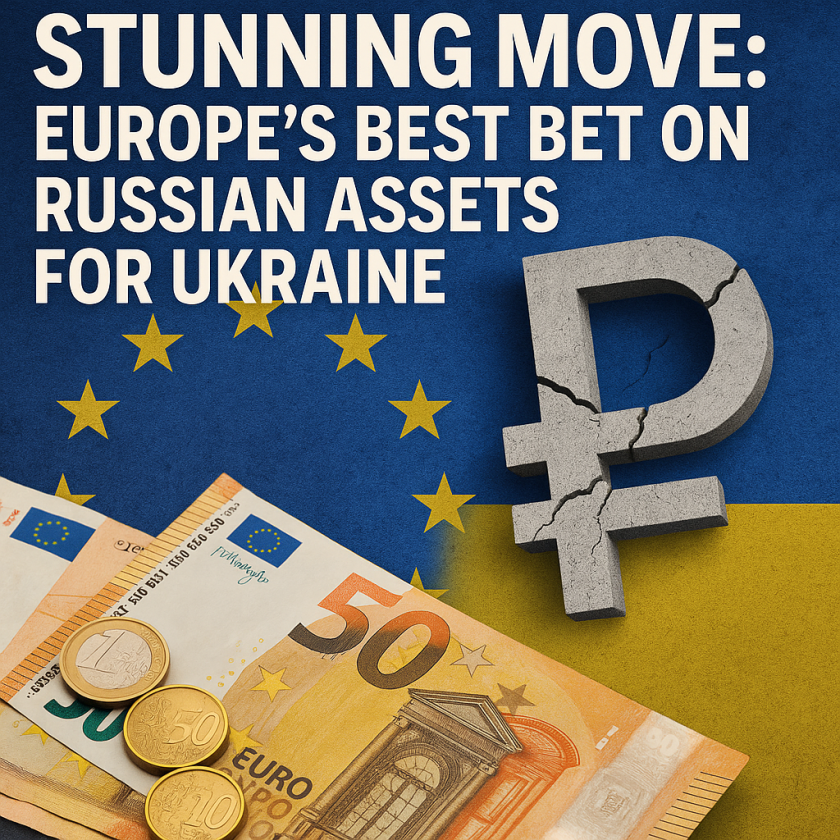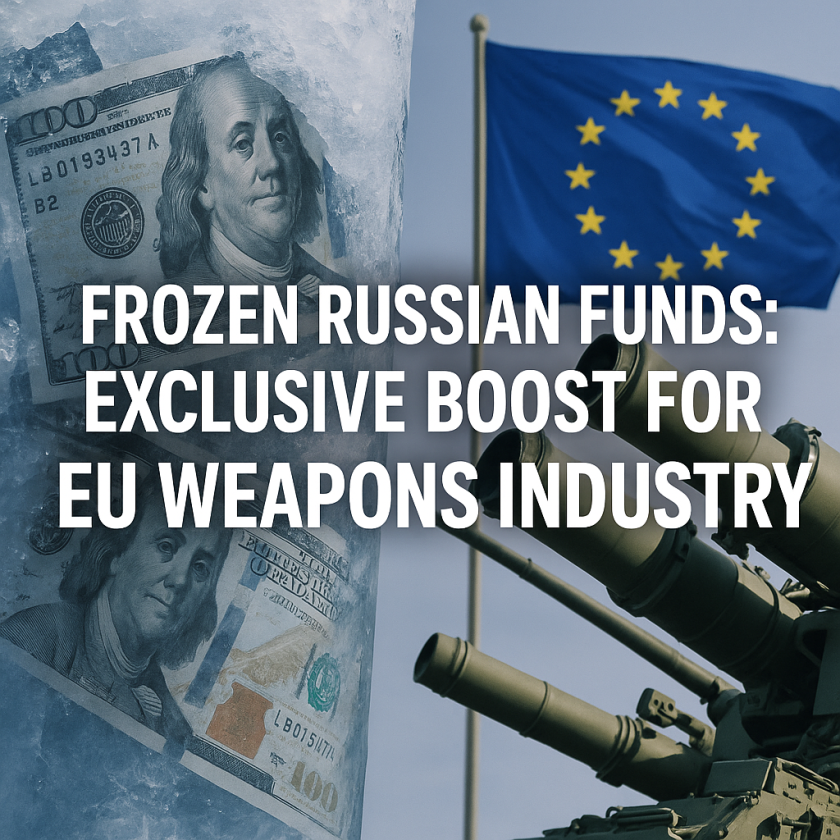Stunning Insights: The Current State of Russia’s War in Ukraine
Stunning Insights: The Current State of Russia’s War in Ukraine
The ongoing conflict in Ukraine continues to evolve, revealing a complex tapestry of geopolitical maneuvering, humanitarian crises, and military strategies. As the world watches closely, understanding the nuances of Russia’s war in Ukraine is essential to grasping its broader implications.
The Landscape of the Conflict
From its inception in 2014, the war in Ukraine has gone through numerous phases, each marked by shifts in military tactics, international involvement, and domestic responses. Recent reporting indicates that the situation remains fluid, with various factions vying for control and influence.
Military Developments
Recent intelligence reports suggest that both Russia and Ukraine are ramping up military operations. Ukrainian forces are reportedly utilizing a mix of conventional strategies and guerrilla tactics, a point highlighted by various analysts. According to Al Jazeera, Ukraine has been working with Western allies to enhance its capability through training and advanced weaponry. This support has transitioned from merely defensive measures to the provision of offensive weapons, which could alter the balance on the battlefield.
On the other hand, Russia appears to be consolidating its position in the territories it has captured. Recent articles from RT emphasize that Moscow is reinforcing its military presence and increasing its aerial bombardments. The operations aim not only to maintain control but also to intimidate Ukrainian forces and signal resilience against international sanctions.
Humanitarian Impact
The effects of the conflict extend beyond the battlefield, manifesting in significant humanitarian challenges. Millions of Ukrainians have been displaced, forcing many to seek refuge in neighboring countries or further afield. The United Nations reports that nearly 8 million people have been uprooted due to the fighting, leading to what has been termed a humanitarian crisis.
Conversely, in occupied territories, local populations face severe restrictions and repression. Al Jazeera emphasizes that, according to various human rights organizations, the Russian military presence in these areas often results in persecution, forced conscription, and a silencing of dissent. This creates a vicious cycle where community support for the occupying forces diminishes, often leading to increased hostilities.
International Involvement and Responses
The international response to Russia’s actions has been multifaceted, involving sanctions, military support for Ukraine, and diplomatic efforts. European nations, in particular, have united in a comprehensive sanctions strategy aimed at crippling the economic resources available to Russia. Sky News reports that recent sanctions have targeted crucial industries, including finance and energy, aiming to decrease Russia’s capacity for sustained military operations.
However, the effectiveness of these sanctions is subject to debate. While they have undoubtedly strained the Russian economy, analysts suggest that they also risk pushing Moscow closer to non-Western allies, such as China and Iran. This sentiment is echoed in various sources, highlighting complex geopolitical alignments arising from the conflict.
A Divided Perspective
While there is a consensus on the tragic humanitarian impact of the war, opinions diverge sharply regarding the effectiveness of military strategies on both sides. Some analysts argue that Ukraine’s dependence on Western military support while risking its own sovereignty poses long-term challenges. Others contend that Russia’s heavy-handed tactics are creating a unified resistance among Ukrainians, fueling nationalist sentiments and further complicating the conflict.
Indeed, it appears the war has entered a new stage where neither side appears poised for a swift victory. With winter approaching, both military and humanitarian factors will play significant roles in shaping the conflict’s trajectory. The harsh climate conditions are expected to place additional strains on logistics and troop morale, leading to potential shifts in operational strategies.
The Path Forward
As the conflict heads into its next phase, the question remains: what lies ahead for Ukraine and Russia? There are significant uncertainties, particularly regarding the potential for peace negotiations. Various dialogues have taken place, but consensus on critical issues, including territorial integrity and sovereignty, remains elusive.
Moreover, emerging voices call for a reassessment of military support strategies. Some experts argue that instead of escalating military involvement, the emphasis should shift toward finding a diplomatic solution that firmly addresses the humanitarian crises and territorial disputes.
Conclusion
The current state of Russia’s war in Ukraine remains a complex interplay of military tactics, humanitarian concerns, and international dynamics. With both sides preparing for an extended conflict, understanding the multifaceted nature of the situation is essential. The outcome will not only shape the future of Ukraine but also redefine global geopolitical alliances in a world increasingly wary of unilateral military aggression.







































